This guide is designed to provide you with a comprehensive scaffolding production process. From selecting the right raw materials, to design and manufacturing, to cost analysis, we will introduce each key step in detail. Whether you are a beginner in scaffolding manufacturing, or a professional who wants to improve the existing process, this guide will provide you with practical reference and guidance. By following these steps, you will be able to produce scaffolding that meets safety standards and has high durability, providing solid protection for various engineering projects.
Raw Material Selection
Steel Selection
Steel is the most commonly used material for scaffolding because of its high strength and durability. Choosing the right steel can ensure the stability and safety of the scaffolding.
- Steel pipe : Choose high-quality carbon steel or alloy steel pipe to ensure that there are no cracks, rust and other defects on the surface of the steel pipe . The commonly used specifications are 48.3 mm in diameter and 3.2 mm in wall thickness . The steel pipe is hot-dip galvanized to improve its corrosion resistance.
- Steel plate : used to make scaffolding platforms and other load-bearing parts , hot-rolled steel plates with smooth surface, no burrs, clean edges and a thickness of 2.0-3.0 mm should be selected.
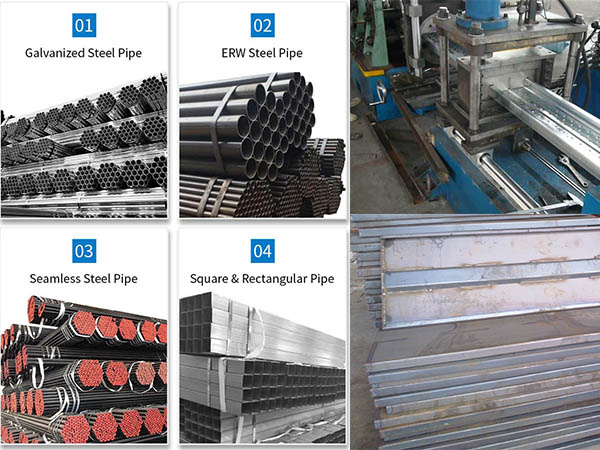
Aluminum Material Selection
Aluminum has the advantages of being lightweight and corrosion-resistant, and is suitable for scaffolding that requires frequent disassembly, assembly and transportation.
- Aluminum alloy profiles : Choose 6061-T6 or 6063-T5 high-strength aluminum alloy, ensure that the profile surface is free of cracks, bubbles and other defects , and perform anodizing treatment to increase the corrosion resistance and wear resistance of the surface . The common specifications of aluminum alloy tubes are 50 mm in diameter and 4.0 mm in wall thickness .
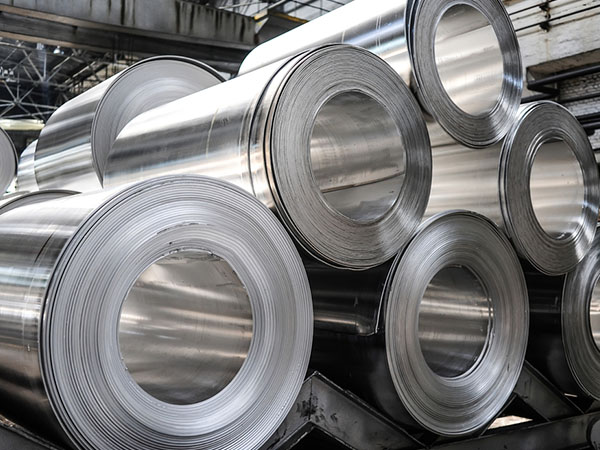
Wood Selection
The wood is mainly used for scaffolding, which provides a surface for workers to stand and work on.
- Wood Type : Choose hardwoods such as pine or oak for their good load-bearing capacity and durability.Make sure the wood is free of cracks, insect bites and other defects. Treat the wood with an anti-corrosion agent to extend its service life.Common dimensions are 38mm thickness, 225mm width, and length can be customized as needed.
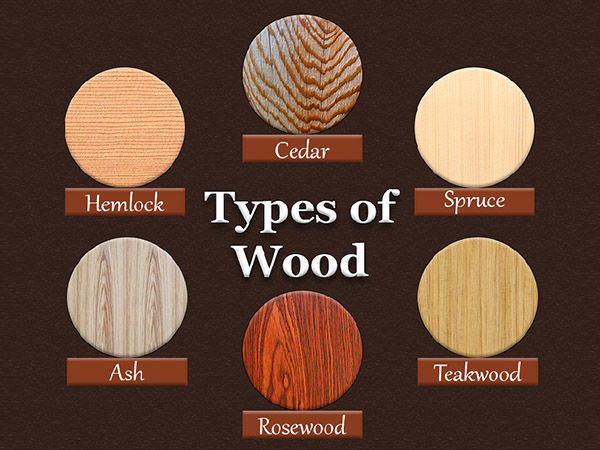
Fastener And Connector Selection
Fasteners and connectors are key components to ensure the stability of the scaffolding structure, and it is crucial to choose fasteners of reliable quality.
- Bolts and nuts : Choose carbon steel or alloy steel bolts and nuts with a strength of 8.8 or higher and surface treated to prevent rusting
- Pins and Clips : Choose durable steel pins and clips that are accurate in size and can tightly connect components.
Design And Manufacturing
Basic Principles And Standards For Scaffolding Design
- Safety : The design must comply with relevant safety standards and regulations, such as OSHA (Occupational Safety and Health Administration) and ISO (International Organization for Standardization) requirements.
- Practicality : Consider the purpose of the scaffolding and the construction environment, and design scaffolding suitable for different engineering needs.
- Economical : Under the premise of ensuring safety and practicality, optimize the design to reduce material waste and processing time.
Use Cad Software For Scaffolding Design
- Modeling : Use CAD software (such as AutoCAD or SolidWorks) to design the structure and size of the scaffolding according to specific needs and perform three-dimensional modeling.
- Simulation analysis : Conduct structural simulation analysis to ensure the stability and load-bearing capacity of the scaffolding in actual use.
- Generate drawings : Generate detailed engineering drawings including the dimensions, materials and assembly sequence of each component.
Steps To Make Scaffolding
The process of making scaffolding requires careful planning and precise operation. The following are the detailed production steps:
1. Cutting
Preparation :
- According to the design drawings, determine the type and size of material that needs to be cut.
- Check cutting equipment to make sure it is in good working order.
Material cutting :
- Use electric cutting machines or automatic cutting equipment to cut steel pipes, steel plates and aluminum materials according to the drawing requirements. Ensure that the cut surface is smooth and flat, avoiding burrs and irregular edges .
Cutting standard :
- Steel pipe: diameter 48.3 mm, wall thickness 3.2 mm, length cut according to specific needs (such as 2 meters, 3 meters, 4 meters).
- Steel plate: 2.0-3.0 mm thick, cut into required size (e.g. 1m x 2m).
- Aluminum alloy profile: 50-mm diameter, 4.0-mm wall thickness. The length of this profile is determined by the specific application because the material is supplied in the form of continuous profiles that can be cut on request (e.g., 2 meters, 3 meters, 4 meters).
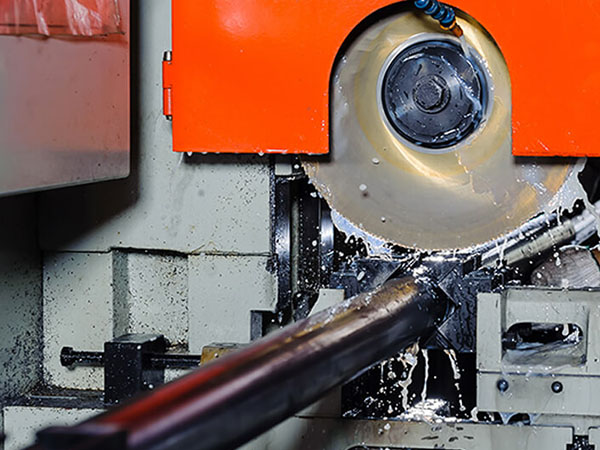
2. Welding
Prepare to solder :
- Clean the surface to be welded of oil, grease, rust or other types of impurities.
- Get the welding equipment and inspect the welding machine, welding rod or welding wire, etc.
Welding procedure:
- Conduct welding with arc welding or gas shielded welding (i.e. MIG welding or TIG welding). And during welding, it is essential to accurately control the temperature and welding speed to avoid material distortion.
Welding steps:
- Steel pipe welding: According to the building plan, position the steel pipe, clamp it and weld it around.
- Steel plate welding: From the welding of steel plate and steel pipe, it is necessary to create a frame structure, to ensure that the welding is firm.
- Aluminum alloy welding: When welding aluminum alloy, make sure you use a specific aluminum welding machine, hence it will result in a smooth, no pit welding.
After welding is completed, non-destructive testing (such as ultrasonic testing or radiographic testing) is performed to ensure that the weld is free of cracks and pores.
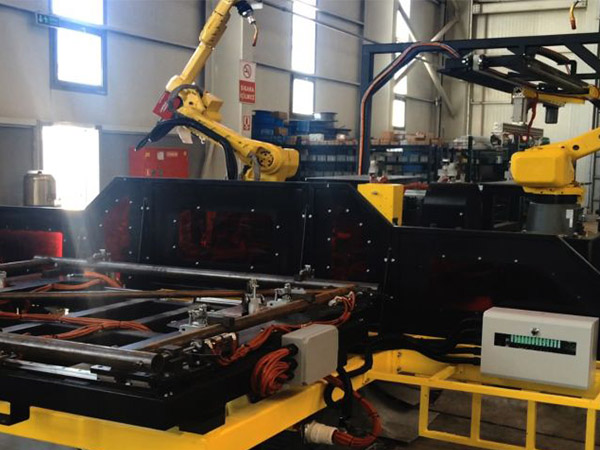
3. Surface treatment
Hot dip galvanizing :
- To dip the steel plates and welded steel pipes in molten zinc, so that the zinc layer is uniform.
- To check if the zinc coating is according to the standard and it is equal.
Paint treatment :
- Paint the primer first, and paint the outdoor paint after the primer is dry.
- Ensure that the rust prevention paint is uniform and has no gaps or bubbles in it.
Anodizing:
- The surface characteristics (including corrosion resistance and wear resistance) of aluminum can be improved through anodizing.
- Submerge aluminum materials into an electrolyte solution and allow the electrolytic reaction to deposit oxide film on the surface.
- Control the thickness and evenness of the deposited oxide film by varying the timing and current density.
Preservation of construction wood:
- Submerge the wood in a preservative agent, making sure the liquid evenly soaks the wood.
- Dry the wood to ensure the entire body of the piece has been exposed to the preservative, and that all the excess moisture has been removed.

4. Assembly
Pre-Assembly:
- Pre-assemble the scaffolding in the order stated in the drawing.
Step:
- Assembling steel tube and steel plate parts according to the drawing order in bolts, nuts and pins.
- Be sure that all of these connections are secured and stable, and there is no looseness.
In relation to the structure of the scaffold:
- Check the entire structure of the scaffold to ascertain the stability and load bearing capacity of it.
Inspection of content:
- Confirm the connections are secure.
- Confirm that the dimensions of each component are in line with the design requirements.
Trial trial assembly and load test:
- Conduct a trial assembly of the scaffold in a simulation of its actual use.
Load test:
- Apply the rated load to the scaffold to investigate its deformation, and its load-bearing state.
- Ensure that under the rated load, the scaffold is not abnormal and it is structurally stable.
QC
To ensure a high standard is met for each link of scaffolding is to have a strict level of quality control. By having a strict inspection process, scaffolding safety and longevity will be guaranteed, which ensures that worker safety can be guaranteed in the construction site.
1. Establish quality inspection standards: Establish quality standards for raw materials and production. Set content of material composition, geometric size deviation, the quality of welding and so on.
2. Establish quality control points: Set up an inspection checkpoint at every stage of production. Setting up key points of quality in specific processes, such as welding strength and the size of corrosion resistance layer.
3. Train the quality inspectors: Implement training on the inspectors, as well as have a test regularly.
4. Monitor welding quality and structural strength: Visual inspection and non-destructive testing, and weld defects can be detected by ultrasonic or X-ray detection.
5. Regularly check raw materials and finished products: Check the raw material composition and mechanical properties. The final product should check for the size, form, surface treatment, installation accuracy.
6. Other quality control measures: Maintain production equipment. Establish a quality traceability system. Collect customer feedback and improve products.
Cost Analysis
A detailed analysis of the cost of scaffolding production is the key to setting a reasonable price and controlling production costs. Cost analysis covers all expenses from raw material procurement to production and manufacturing, helping manufacturers make cost-effective decisions.
Raw Material Costs:
- Steel: steel pipes are about 50 yuan per meter, steel plates are about 120 yuan per square meter.
- Aluminum: about 100 yuan per meter.
- Wood: about 80 yuan per square meter after anti-corrosion treatment.
Processing And Manufacturing Costs:
- Cutting and welding: equipment depreciation and energy consumption are about 30 yuan per hour, and welder wages are about 50 yuan per hour.
- Surface treatment: hot-dip galvanizing is about 30 yuan per square meter, painting is about 20 yuan per square meter, and anodizing is about 50 yuan per square meter.
Other Costs:
- Labor costs
- Depreciation of equipment and facilities
- Indirect costs
Relevant Information
Making A Low Cost Dly Scaffold -- YOUTUBE
Simple Homemade Scaffolding -- FINEHOMEBUILDING
The Ultimate Scaffold Design Software -- SCAFFPLAN
FAQ
What Is Used To Make Scaffolding?
- Most types of scaffolding are made from either aluminum or steel, with steel being more common and aluminum being more convenient.
What Is The Main Purpose Of Scaffolding?
- Scaffolding is a temporary support platform that provides support and access for workers and materials.
Why Do People Use Scaffolding?
- Scaffolding not only allows workers to reach taller heights, it also provides a better position to work on walls, ceilings, outdoor spaces and windows.





